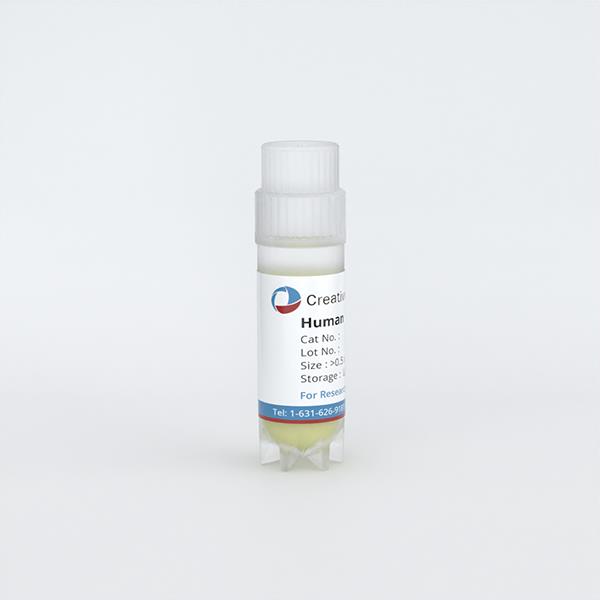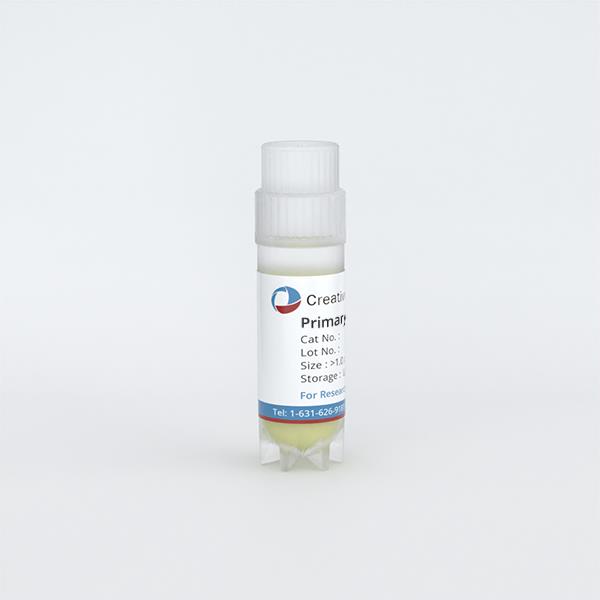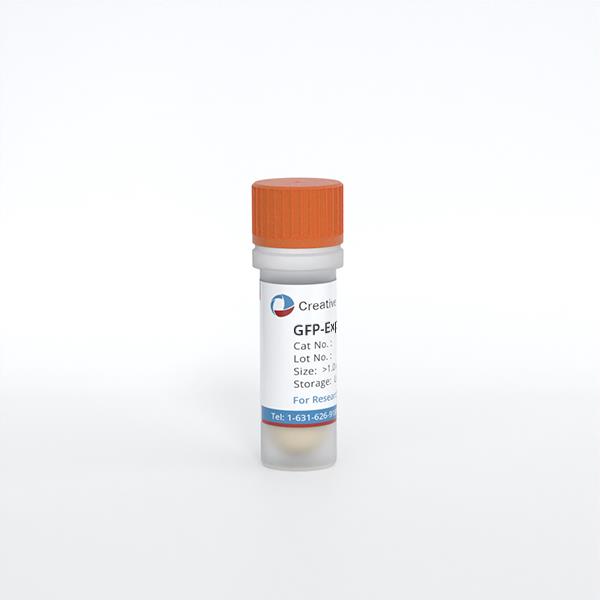Featured Products
Hot Products
ONLINE INQUIRY

Human Pancreatic Stellate Cells (HPaSteC)
Cat.No.: CSC-7740W
Species: Human
Source: Pancreas
Cell Type: Pancreatic Stellate Cell
- Specification
- Publications
- Q & A
- Customer Review
Cat.No.
CSC-7740W
Description
Pancreatic Stellate Cells (HPaSteC) are the main fibroblastic cells of the pancreas. HPaSteC are responsible for the synthesis and the degradation of the extracellular matrix proteins that promote tissue repair. They are found adjacent to pancreatic acinar cells and around small pancreatic ducts and blood vessels. When pancreatic stellate cells are activated, they assume myofibroblast-like morphology and secrete excessive amounts of extracellular matrix proteins leading to desmoplasia in chronic pancreatitis and adenocarcinoma. Recent studies have shown that pancreatic stellate cells can also act as progenitor cells, immune cells, and intermediaries in exocrine pancreatic secretion. Additionally, pancreatic stellate cells stimulate pancreatic cancer proliferation, inhibit apoptosis, and enhance angiogenesis. Thus, pancreatic stellate cells are not only the perfect model for studying pancreatic tumor formation, but for the development of novel therapies for future treatment of chronic pancreatitis and adenocarcinoma as well. HPaSteC from Bioarray Research Laboratories are isolated from human pancreas. HPaSteC are cryopreserved after purification and delivered frozen. Each vial contains >5 x 10^5 cells in 1 ml volume. HPaSteC are characterized by immunofluorescent method with antibodies to desmin and ?-actin. HPaSteC are negative for HIV-1, HBV, HCV, mycoplasma, bacteria, yeast and fungi. HPaSteC are guaranteed to further expand for 15 population doublings in the conditions provided by Bioarray Research Laboratories.
Species
Human
Source
Pancreas
Cell Type
Pancreatic Stellate Cell
Disease
Normal
Storage and Shipping
Directly and immediately transfer cells from dry ice to liquid nitrogen upon receiving and keep the cells in liquid nitrogen until cell culture is needed for experiments.
Citation Guidance
If you use this products in your scientific publication, it should be cited in the publication as: Creative Bioarray cat no. If your paper has been published, please click here to submit the PubMed ID of your paper to get a coupon.
Ask a Question
Write your own review
Related Products



